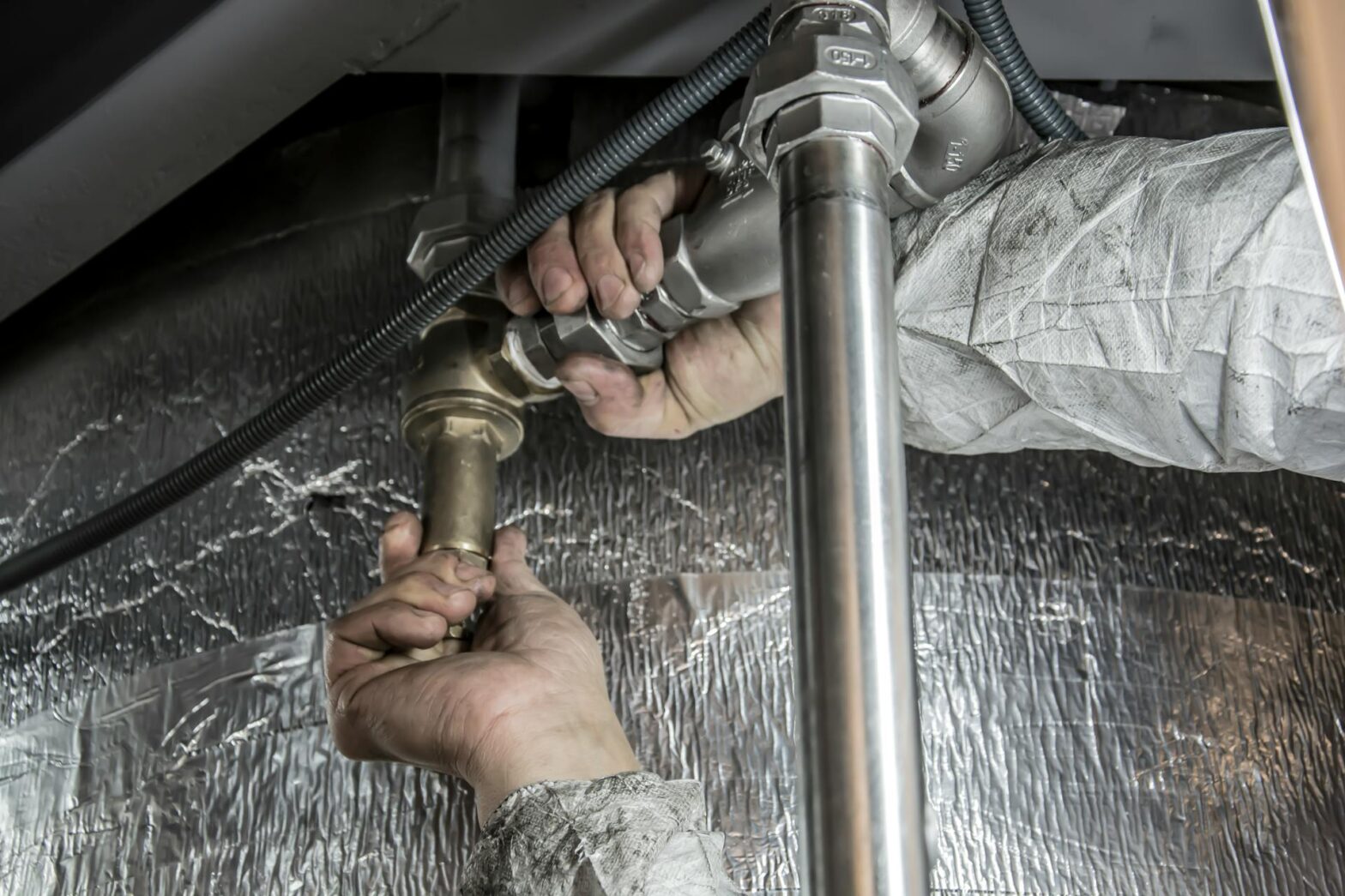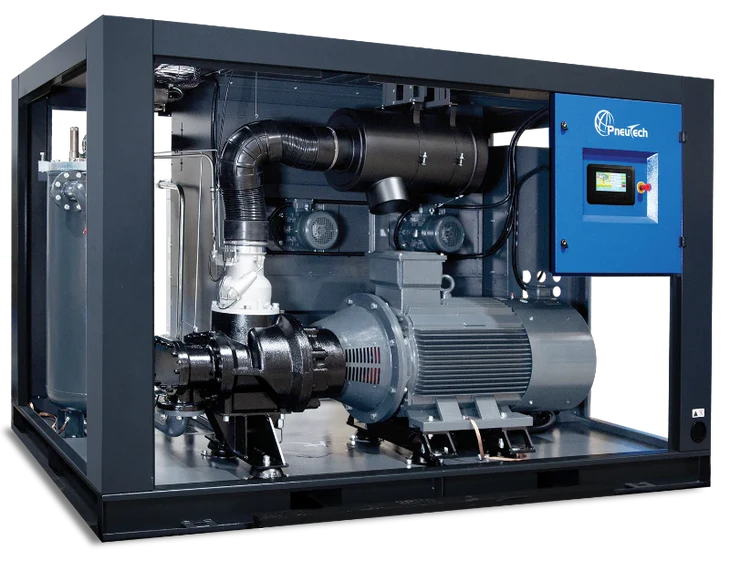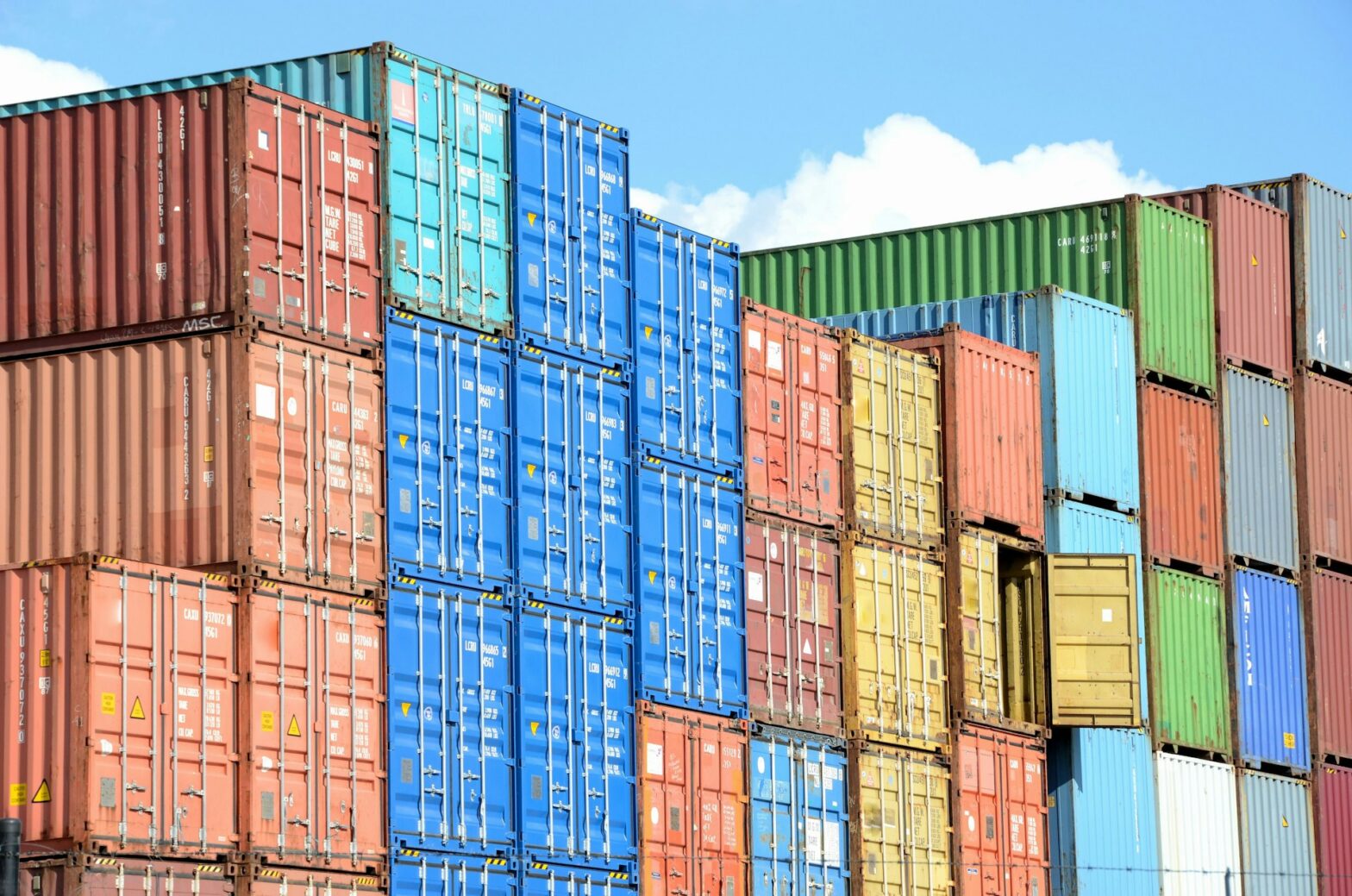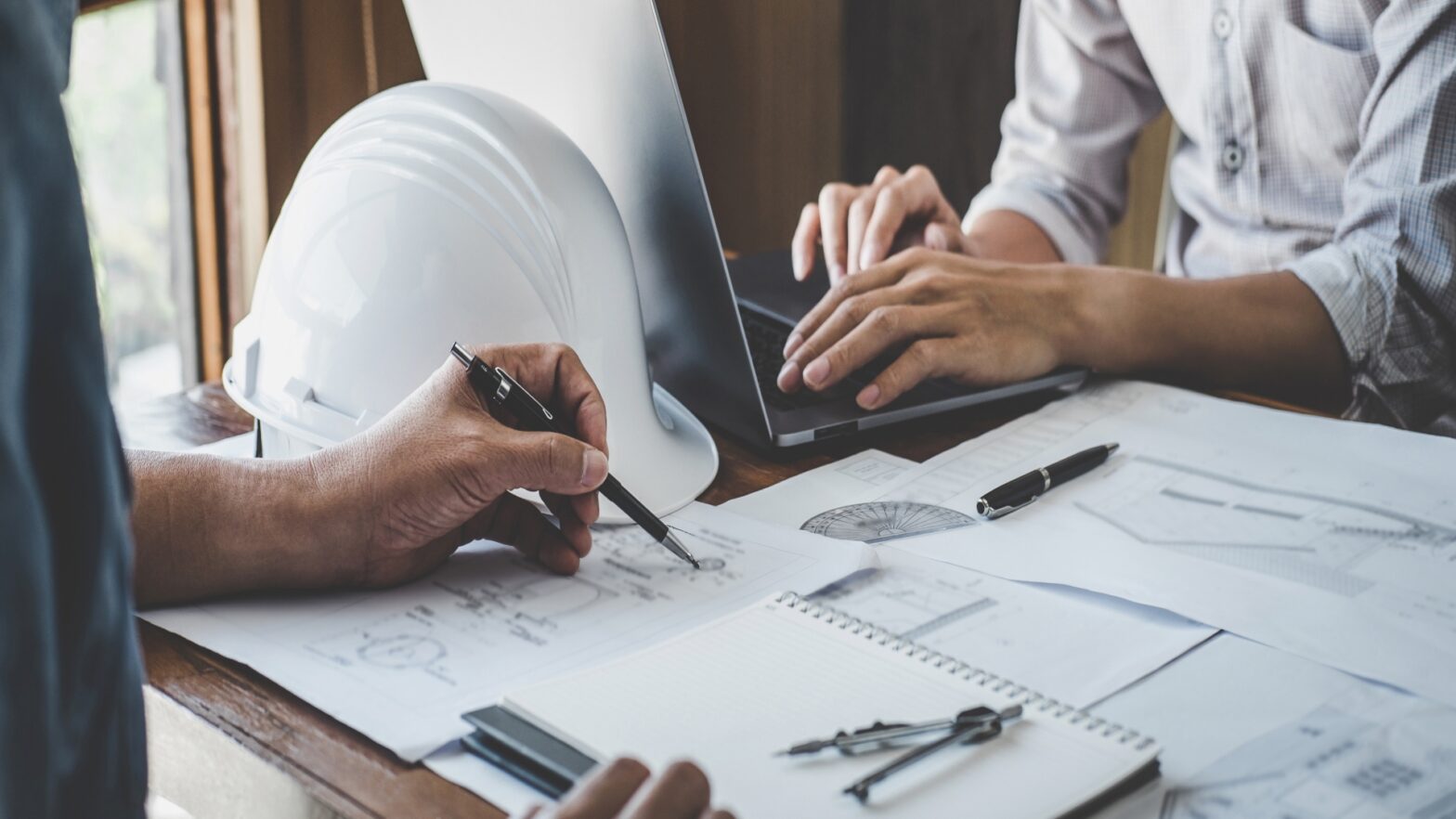If you run a construction site, there is a good chance you will have gases like propane, acetylene, or natural gas on-site to power your equipment and tools.
While these gases are essential to successfully completing your work, if they are not stored properly, they can pose significant risks to the health and welfare of your employees.
Their highly flammable and pressurised nature can lead to gas leaks, fires, or even explosions in a worst-case scenario. So, for this reason, management has both a legal and moral obligation to ensure they do everything they can to eliminate the chance of this happening.
In this guide, we’ll highlight some of the best strategies they can employ to prevent accidents and comply with industry regulations.
If you are a site manager, contractor, or construction worker, it is a good idea to familiarise yourself with them.
Risks of Storing Gas Cylinders
As mentioned, gas cylinders present a significant danger to your employees if they are not stored and managed properly. The biggest is the potential for fire or explosions, which are even more likely to occur if the cylinders are left near heat sources, open flames, or electrical equipment.
Another big threat is gas leaks, which can occur if the cylinder is faulty or has not been sealed properly. In such circumstances, a toxic or flammable environment can be created that can expose your workers to suffocation, burns or other serious health issues.
Other potential issues that could arise are physical injuries from cylinders falling over, subsequent ruptures that might cause toxic gases to be released under high pressure and chemical reactions that occur when incompatible gasses are stored together.
Strategies to Store Gas Safely
Given the risks associated with gas on construction sites, it is important that they are stored safely.
Here are some of the most effective ways you can do that.
1. Choose an Appropriate Storage Location
The first thing you will need to do on your construction site is to find the safest and most appropriate place to store your gas cylinders.
This should be an open, well-ventilated space because if it is not, fumes can build up if the bottles become compromised. You should also ensure this space has a flat, stable surface, as there is a greater likelihood of the cylinders toppling over if it is uneven.
Ideally, the space should not be exposed to prolonged direct sunlight. This can increase the pressure inside gas cylinders, which, in turn, increases the risk of rupture.
At the same time, it must also be at least 20 feet away from flammable materials, open flames, welding areas, electrical circuits, and other potential sources of ignition.
2. Use Proper Storage Containers
It is imperative to always store gas in containers that have been designed and manufactured to comply with AS 4332. The regulations imposed by the Australian government around the storing and handling of gas cylinders.
A good example is STOREMASTA’s gas bottle storage solutions, which comply with Australian standards, making them safe for storing the following:
- Class 2.1 Flammable Gas
- Class 2.2 Non-flammable Non-toxic Gas
- Class 2.3 Toxic Gas or Oxidising Gas
These solutions are perfect for safely storing everything from acetylene cylinders and aerosol cans to high-pressure industrial gas cylinders and forklift gas bottles. So, they will go a long way towards protecting your staff, site and the environment.
3. Clearly Label Gas Containers
All of your containers should have clear labels that identify the type of gas stored within them and warning symbols of what their potential hazards are.
It is important that these labels follow the consistent, standardised colour code for gas cylinders (e.g., red for flammable, blue for oxygen) to reduce the possibility of confusion.
4. Limit Access to Only Authorized Personnel
Given the potential for damage that gas cylinders can cause, it is worth making the area where they are stored off-limits to workers who aren’t qualified, trained and authorised to handle them.
You can reinforce this restriction through various safety measures, including putting up warning signs and physical barriers, like fences or locked doors, to prevent unauthorised people from gaining access to it.
5. Ensure They Are Safely Transported On-Site
Moving gas cylinders across a construction site is just as important as storing them. So, make sure you have specially designed trolleys or carts—like the gas handling trolleys at Breg Products—at your disposal to ensure they are transported safely without being damaged.
Whenever you move them, always make sure the cylinders are capped and valves are closed tightly to prevent leaks.
6. Follow Protocols For Fire Safety
Wherever you store your gas, it is imperative that you have appropriate fire extinguishers (such as dry chemical extinguishers) right next to them. That way, you may be able to nullify the risks of leaks or explosions if they get compromised before they get out of hand.
You should also create an emergency plan and make all your staff members aware of it. This plan should outline the correct procedures to take in case of a gas leak or fire, including the quickest and safest evacuation route and any emergency contact numbers that should be called.
To prevent fires from happening in the first place, make a point of checking the cylinders every day for tell-tale signs of leaks or damage.



























